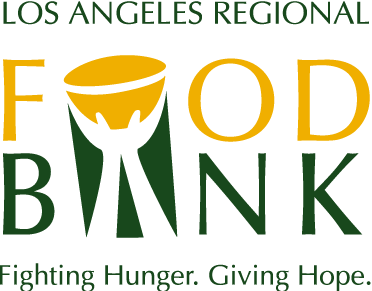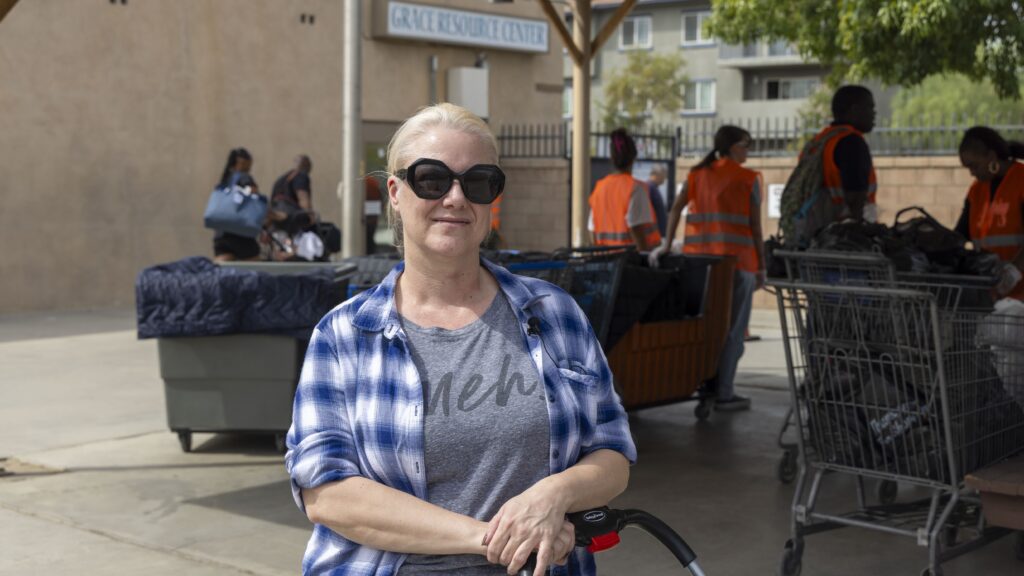The Power of Nutrition Security: Celebrating National Nutrition Month
The Power of Nutrition Security: Celebrating National Nutrition Month
Learn more about the importance of nutrition and how nutrition insecurity affects our communities
March is National Nutrition Month, a time to raise awareness about the significance of making informed food choices and cultivating healthy eating habits. The Los Angeles Regional Food Bank works tirelessly to provide an average of 900,000 individuals each month (as of February 2024) access to nourishing food options. In the long run, access to more nutritious food allows individuals to thrive. This is why 97% of the food distributed at the Food Bank is considered nutritious.
While good nutrition may be affordable to some of the population, healthy and nutritious choices come at a hefty price for others. Low-income or at-risk neighborhoods may have easier access to fast food at a cheaper price than higher-income communities where healthier food options may be around the corner.
National Nutrition Month is more than just a reminder to eat our veggies; it’s an opportunity to shed light on the importance of nutrition in fostering overall health and well-being. In places like Los Angeles, where diverse communities thrive, the Food Bank is pivotal in addressing food insecurity and promoting nutritional education.
Nutrition Security Supports Our Communities
While eating nutritious food helps support a healthier lifestyle and overall well-being, other factors outside one’s control play a huge part.
Diseases like diabetes, obesity, high blood pressure and cancer, among many others, plague low-income communities. It’s only through food distributions that they may have access to fruits, vegetables, or other nutritious items that they may not afford at the grocery store.
At the Newlife Church in Pomona, the Food Bank met Robert. A year prior, Robert had suffered a stroke. Because of his newfound illness, Robert’s doctor recommended a healthier diet. However, healthier and more nutritious food was coming at a hefty price that was out of reach for Robert. Thanks to the food distribution at Newlife, he and hundreds of other individuals can access nutritious food for a healthier life.
Fortunately, she and her family participate in the Food Bank’s BackPack Program at Mayo Elementary. And to the Hernandez family’s tranquility, quinoa is included now and then.
How The Food Bank Provides Nutrition Security
Availability of Variety of Foods
The Food Bank recognizes the cultural diversity within Los Angeles County and strives to provide various nutritious options that cater to different dietary needs. The Food Bank’s 600 partner agencies can choose and shop for foods their neighbors need or request.
Educational Initiatives
In addition to distributing food, the Food Bank engages in educational programs to empower individuals and families with the knowledge needed to make healthy food choices on a budget. The Food Bank’s Nutrition Education Program visits agencies throughout the County where they meet with those making food choices for a household. They hold demonstrations and share tips and recipes to make the most out of each item they receive at a distribution. For more videos, please visit the Nutrition Education YouTube Channel.
Community Partnerships
The Food Bank works alongside a variety of local organizations, as well as government officials, to maximize its reach throughout the County and continue its mission to alleviate hunger and promote good nutrition.
How You Can Make a Difference
Volunteer
The Food Bank welcomes volunteers to join their mission. Whether it’s gleaning, sorting and packing, or distributing food, your contribution can make a significant impact.
Donate
Financial contributions enable the Food Bank to purchase fresh produce, dairy, and other nutritious items that may be of need or are not donated. Every dollar donated goes a long way in the fight against hunger.





